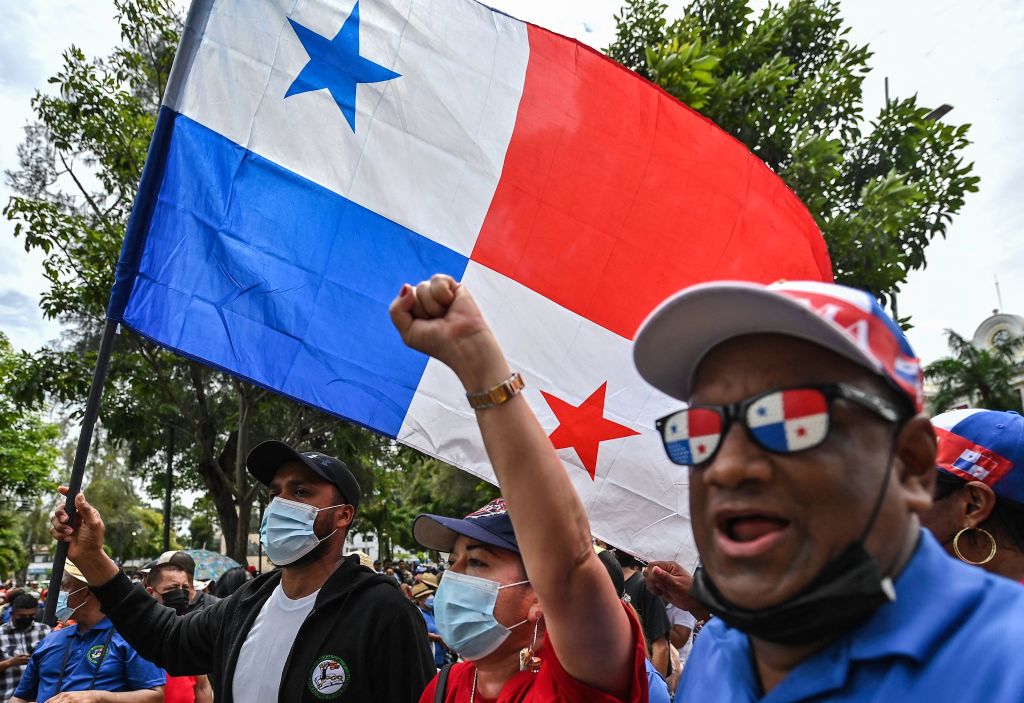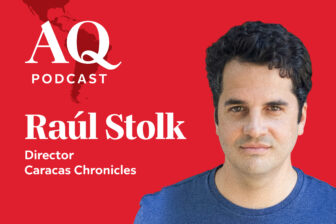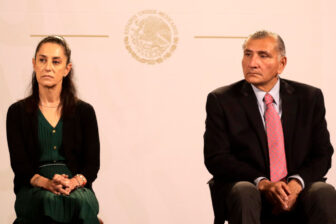PANAMA CITY — Panama’s massive demonstrations began when teachers’ unions mobilized to protest cost-of-living increases, but they quickly escalated into the largest national protests since the fall of dictator Manuel Antonio Noriega in 1989. Over the course of three weeks, deep-seated popular concerns over poverty, inequality and corruption boiled over.
A broad range of unions, Indigenous rights groups and over 30 industry associations have joined the protests. For now, street blockades have been lifted as civil society groups negotiate eight priorities with the administration of President Laurentino “Nito” Cortizo. The Catholic Church, which is mediating the talks, recently announced that other sectors will soon join after industry associations and other private sector players demanded to be included.
To calm the unrest, the administration announced a series of price control measures: subsidies to freeze the cost of fuel at $3.25 per gallon and regulations on 72 food items that aim to reduce food costs by 30%. Economists estimated that the fuel subsidies alone would increase Panama’s strained fiscal deficit by $1.65 billion.
But tensions remain high. Demonstrators are seeking major reforms that the negotiations are unlikely to yield, said Professor Carlos Guevara Mann, a political scientist at Florida State University’s Panama campus. “The political class seems to think that business will go back to normal after the public tires of the irregularities and food shortages brought about by the demonstrations,” he said. The protests have caused reported losses of over $500 million for Panama’s agricultural sector, and credit rating agencies are warning of significant consequences for Panama’s fiscal health and creditworthiness.
“Be that as it may,” he added, “it is clear that as a result of the demonstrations, the reputation of the political class has been further tarnished and its legitimacy diminished.”
This may have major implications for the 2024 presidential elections. Cortizo is constitutionally prohibited from running, but his PRD party will still face strong headwinds given the public’s dissatisfaction with his administration: In a July Gallup Panama poll, 81% of respondents disapproved of Cortizo and 86% disapproved of his vice president.
Public confidence in the other traditional parties is also eroding, which will likely boost outsider candidates. Independent politicians were already becoming more popular before the protests, forming new political parties and coalitions.
Undercurrents of discontent
The unrest may have surprised the international community, but it did not surprise most Panamanians. The country’s international reputation as prosperous and stable belies years of widespread discontent over lagging social indicators. The poverty rate has been ticking up since 2017, reaching 21.5% even before the pandemic; the country remains one of the most unequal in Latin America; and in Transparency International’s 2021 Corruption Perceptions Index, Panama ranked 105th of 180 countries.
Citizen complaints about corruption have been piling up, especially regarding concerns over alleged “botellas”—public employees who collect checks without official roles. In 2020, the government pledged an audit to root out “botellas,” but after 15,000 employees were added to the state payroll between January and March of this year alone, business groups like the Chamber of Commerce requested further audits. From 2017 to 2021, the public sector payroll increased 30.7% to a record $4.7 billion.
Meanwhile, Panama City Mayor José Luis Fábrega, of the president’s PRD party, oversaw the growth of his office by 1,342 officials—38%—between December 2019 and June 2022. Fábrega stands accused of financial impropriety and is weathering a related recall process. He denies all wrongdoing.
Education has also become a hot-button issue because the country spends just 3% of GDP on education, despite a law requiring spending of 6%. Even before the pandemic, UNICEF reported that Panama faced significant education deficiencies.
Protesters have long fixated on such social spending shortfalls, along with a ballooning budget and debt-to-GDP ratio, as evidence that money is being spent in ways that will harm instead of help future generations. The public debt has grown 30% since Cortizo took office in June 2019.
In the short term, the demonstrations will likely shift the focus of political discourse toward corruption and inequality, which will engender “a more mature citizenship and stronger democratic culture,” said Enrique de Obarrio, a lawyer, businessman and activist. De Obarrio said a broader range of candidates and platforms can now emerge, which could improve public engagement with—and faith in—the political system.
Similarly, Felipe Chapman, managing partner at economic research and analysis firm INDESA, said that Panama’s politicians have largely shied away from attempting to address fundamental issues, but that this may be about to change.
“Hopefully, the debate surrounding our country’s issues will improve, to focus on the real source of our problems and concrete solutions to improve them,” he said. “Otherwise, the crisis will have been for nothing.”
—
Guevara is a public policy programs associate at Americas Society/Council of the Americas, where she covers the Andean region and her home country, Panama, and coordinates the Women’s Hemispheric Network initiative.






